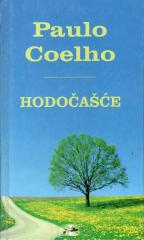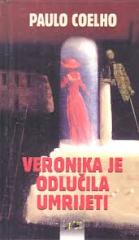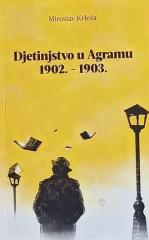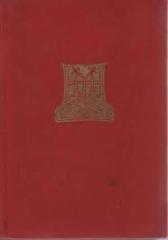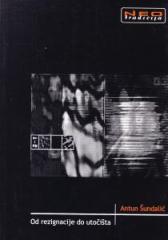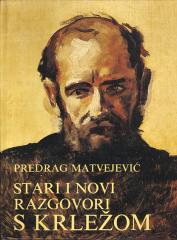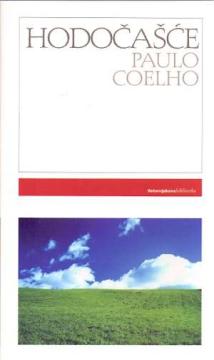
Hodočašće
Romantizovan prikaz autorovog hodočašća u Santijago de Kompostelu 1986. Ovo iskustvo jednog od tri sveta puta Drevnih postalo je za njega prava inicijacija i zauvek ga promenilo.
Koeljo izričito navodi da njegova prva knjiga nije vodič za put Santjaga, već priča o njegovom iskustvu na tom hodočašću. U knjizi dominiraju elementi putopisne proze, sa opisima predela i naselja, nizom istorijskih i književnih reminiscencija, ispričanim legendama i čudesnim pričama, a u prvom planu je pripovedačevo ponovno otkrivanje vere, „vrednosti koja prevazilazi svako drugo verovanje”. To se dešava postepeno, u stalnom dijalogu sa vodičem Petrusom, u duhovnim vežbama koje on predlaže, i u uočavanju sopstvenih grešaka. Na tom hodočašću Koeljo je shvatio da je „potraga za srećom lična stvar, a ne model koji možemo dati drugima“, i da ovo iskustvo pripada ne samo svecima i prorocima već i običnim ljudima.
Posebno su zanimljiva dva detalja u vezi sa Koeljovim hodočašćem. Na svom medenom mesecu sa svojom drugom ženom u Evropi početkom 1980-ih, posetio je, između ostalog, Dahau, gde je doživeo viziju u kojoj mu se pojavio muškarac. Isti taj čovek je upoznao posle izvesnog vremena u Amsterdamu i predložio mu je da se vrati katoličanstvu i ode na hodočašće u Santjago (prethodno je Koeljo prošao kroz razna duhovna iskustva, od hipija do crne magije). Tokom samog hodočašća, najjači utisak na njega ostavila je planina Cebrerio, koja je opisana u poslednjem poglavlju knjige, i toliko moćna da je u testamentu izrazio želju da se njegov pepeo tamo razveje.
Dva primerka su u ponudi
